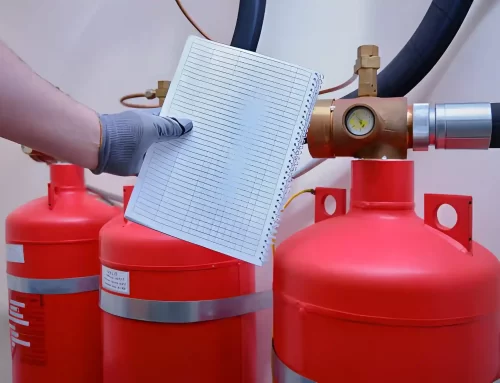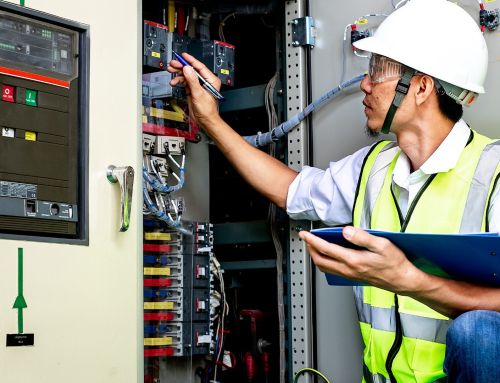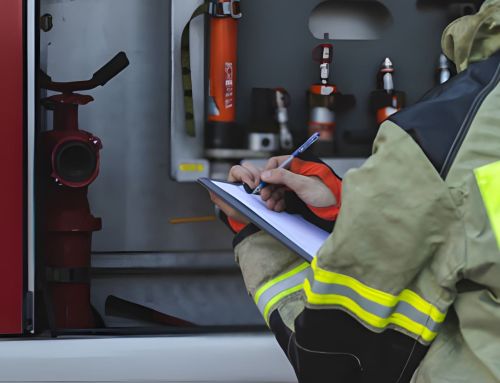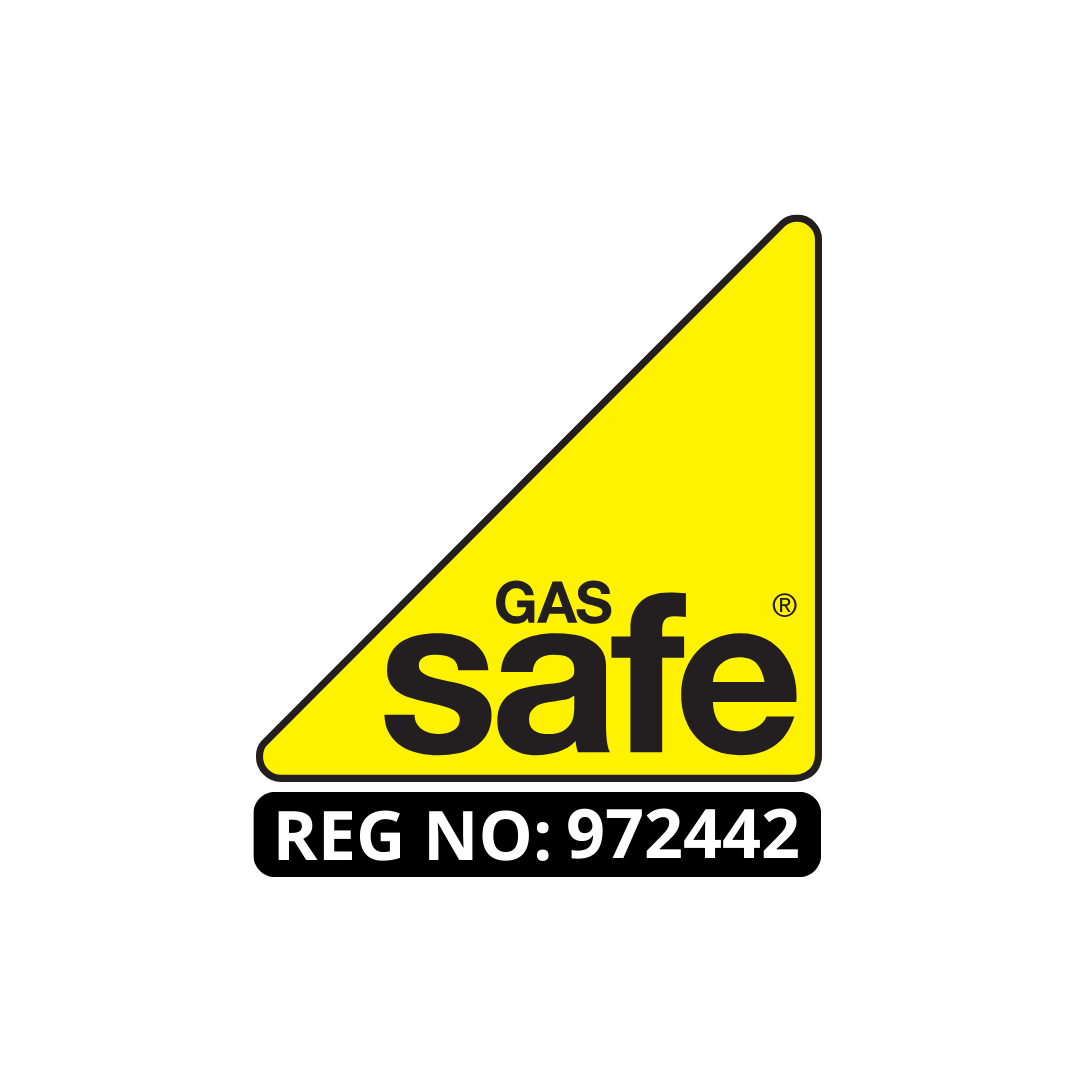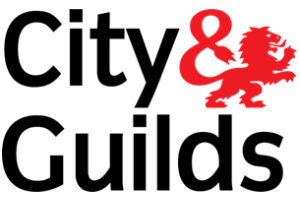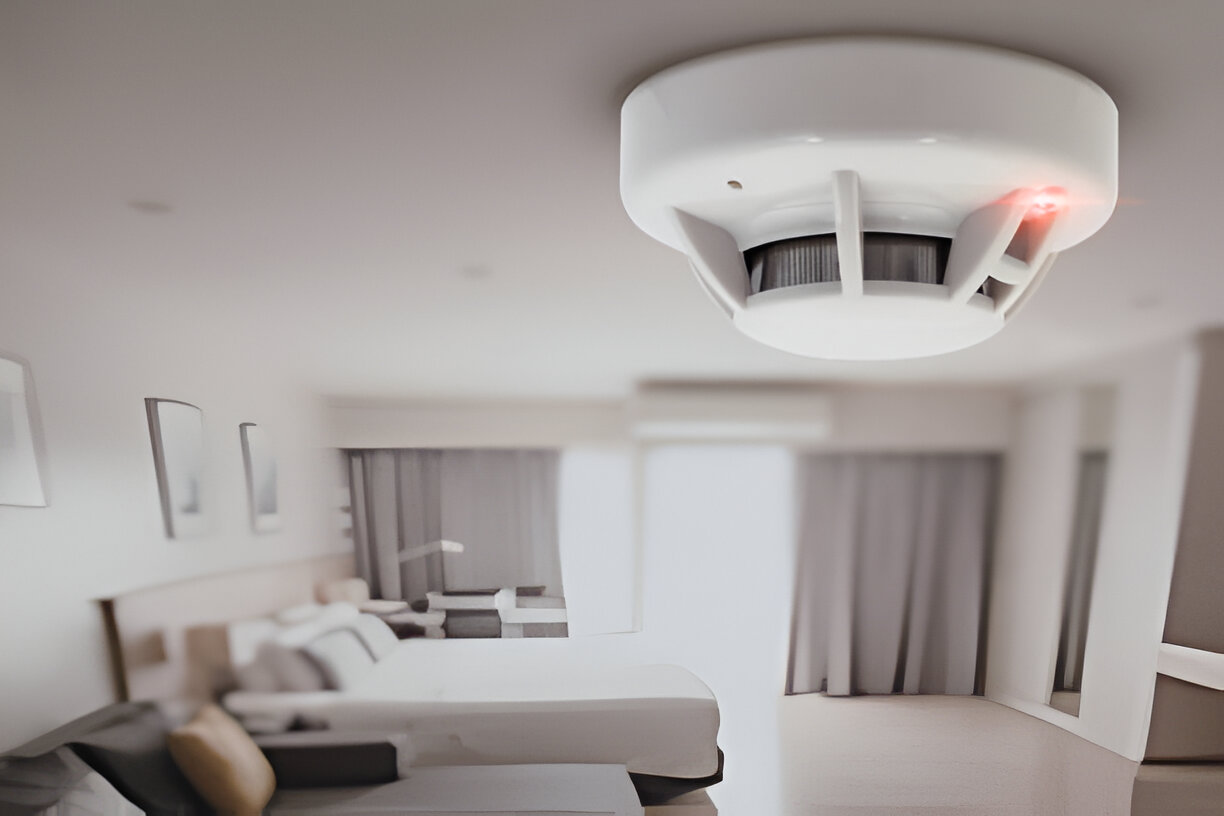
Integrated planning gains strength when every stage supports a consistent operational flow. Many risk assessments reveal performance gaps in sections where appliance placement lacked direction. Detailed mapping corrects these weaknesses before they affect alerts. A fire alarm installation framework gains reliability when panels, detectors, and circuits follow a clear structural logic. Many large facilities report close response patterns after scheduled recalibration cycles. Control logs show that alignment between floors improves after thorough rewiring programs. Industry reports from complex environments highlight a notable fall in delayed notifications after strategic upgrades. Installation of fire alarm components creates balanced coverage across extended passages. Case references from multi-unit sites demonstrate smoother alert flow once all zones follow a unified arrangement. Maintenance summaries confirm fewer error patterns when periodic tests track sensitivity levels. Performance records over three operational seasons show that uniform spacing supports precise activation. Structural reviews improve this direction because outdated circuits often restrict clear communication. A long-term framework ensures predictability during high-pressure events across interconnected sections of larger properties
Key Takeaways
- 1. creates a reliable safety framework across all property types
- The fire alarm systems improve early detection and response accuracy
- Structured planning strengthens the fire alarm installation process for maximum coverage
- Regular maintenance supports the consistent operation of fire alarm systems
- Fire alarm components ensure coordinated alerting across multi-zone buildings
- Fire alarm installation reduces the risk of property damage during emergencies
- System reliability improves when the fire alarm networks follow structured layouts
- Proper placement enhances the fire alarm installation’s effectiveness in complex buildings
- The fire alarm systems maintain long-term operational accuracy and stability
- Fire alarm installation combined with ongoing monitoring strengthens overall safety management
Enhanced Control Precision Across Multi-Level Structures
Enhanced accuracy forms a strong foundation when each control point supports a clear operational route. Many technical evaluations highlight that system strength rises when adjustments target sensitivity and signal flow. Structural reviews inside large buildings indicate that uneven wiring remains the main cause of delay. Corrective steps create improvements that extend across remote areas. A fire alarm installation process gains accuracy when each device conforms to predefined calibration limits. Risk reports from multi-level structures show improved certainty after alignment checks. Maintenance teams note that consistent pathways reduce unpredictable interference during load tests. Long-term assessments reveal that panel synchronization eliminates repeated transmission faults. Fire alarm systems across wider layouts produce stable detection results in corridors and isolated rooms. Many documented cases highlight faster internal coordination after faulty nodes receive upgrades. Sensor readings display greater consistency when airflow, temperature shifts, and background noise remain controlled. Annual evaluations reveal that strategic hardware adjustments protect communication between multiple floors. Stronger verification frameworks reduce irregular across high-occupancy structures. Performance studies confirm that precise tuning helps maintain clarity during urgent conditions.
Structural Alignment for High-Density Occupancy Areas
Structural alignment shapes reliable alerts across crowded environments. Many incident summaries from high-density areas indicate that minor configuration faults often expand during peak activity. A fire alarm installation approach gains stability when technicians focus on panel connectivity and detector spacing. Recorded assessments highlight that uneven distribution creates dead zones in large facilities. Structured oversight resolves these gaps before they affect emergency awareness. Installing alarm units across compact rooms strengthens internal communication when air circulation affects sensor accuracy. Many organizations observe tighter alert cycles after seasonal recalibrations. Temperature records reveal how environmental shifts influence device sensitivity. A corrective routine helps limit these variations across different operational hours. Industry references from controlled tests show that well-planned spacing reduces false triggers during periods of increased dust or vibration. Technical inspectors rely on multi-season reports to shape future evaluations. Documented improvements demonstrate steady reaction speed when structural barriers are adjusted. Long-term operational logs confirm that focused assessment mitigates common faults associated with dense occupancy. Every verified improvement contributes to stronger reliability across integrated sections of busy buildings.
Coordinated Alert Response Across Distributed Zones
Coordinated response patterns emerge when system links across zones follow exact operational rules. Many structural surveys identify long corridors and segmented floors as areas prone to signal loss. A fire alarm installation strategy gains effectiveness when detectors, call points, and sounders remain positioned according to structural flow. Maintenance findings reveal that the incorrect distance between units often leads to unreliable activation. A scheduled review creates early recognition of this issue. The installation of alarm appliances across dispersed areas becomes more effective when pathways stay free of electrical interference. Case records from expansive complexes show how improved routing reduces delay during drills. Industry evaluations highlight that well-defined device placement improves response clarity under pressure. Multiple audit cycles document steady development in zones that previously displayed fragmented alerts. Coordinated routing assists staff movement during staged exercises. Control panels reflect fewer conflicting signals when cables follow redesigned routes. Sector analyses indicate that consistent distribution enhances reliability across remote extensions of a property. Continuous inspection maintains long-term operational strength, especially where environmental shifts influence detection patterns. Combined evidence confirms the value of coordinated planning across wide structural divisions.
Long-Range Stability Through Progressive System Updating
Long-range stability develops when operational teams accept a framework that targets predictable ageing patterns. Technical reports reveal that older circuits often fail under extended load. Progressive adjustment prevents these faults from expanding during high-demand seasons. A fire alarm installation sequence benefits from defined benchmarks that measure system performance at each stage. Sector data shows that early recalibration prevents drift in detection accuracy. Controlled observations indicate that stable readings emerge after strategic replacement of worn components. The installation of fire alarm parts in older structures corrects sensitivity loss caused by temperature fluctuation or corrosion. Many annual reviews document rising performance once legacy wiring receives modern enhancement. Internal reports from larger facilities highlight that outdated panels contribute to miscommunication between zones. Structured replacement plans restore signal balance across all operational layers. Seasonal audits reflect greater consistency after targeted component upgrades. Maintenance summaries confirm that proactive steps reduce technical disruptions that develop slowly over time. Sector analysts emphasize the value of scheduled renovation across aging estates. Long-term records confirm that progressive upgrades support stable operation through multiple annual cycles.
Improving Safety Outcomes Through System Calibration
Risk reduction strengthens when calibration aligns sensors, panels, and circuits under controlled conditions. Many inspection reports identify that calibration errors remain a major cause of false alerts. Adjustments during routine assessments prevent the increase of minor faults. A fire alarm installation program gains accuracy when detection levels follow certified thresholds. Detailed readings across multiple points reveal where improvements must occur. Analysts track how airflow, dust, or vibration alters detection sensitivity across interior spaces. Fire alarm components inside mixed-use buildings enhance reliability once all devices respond within expected parameters. Case findings illustrate that controlled test cycles reduce inconsistent activation patterns. Sensor charts across three test periods show positive development when recalibration remains consistent. Inspection teams observe fewer interruptions once margin errors stabilize. Many performance studies highlight that precise calibration allows signals to travel without distortion. Structured evaluation after each season limits environmental impact on the system. Long-range reports show that calibrated devices reduce miscommunication between floors. Practical examples from large facilities confirm that refined detection levels support steady performance during pressurized setups.
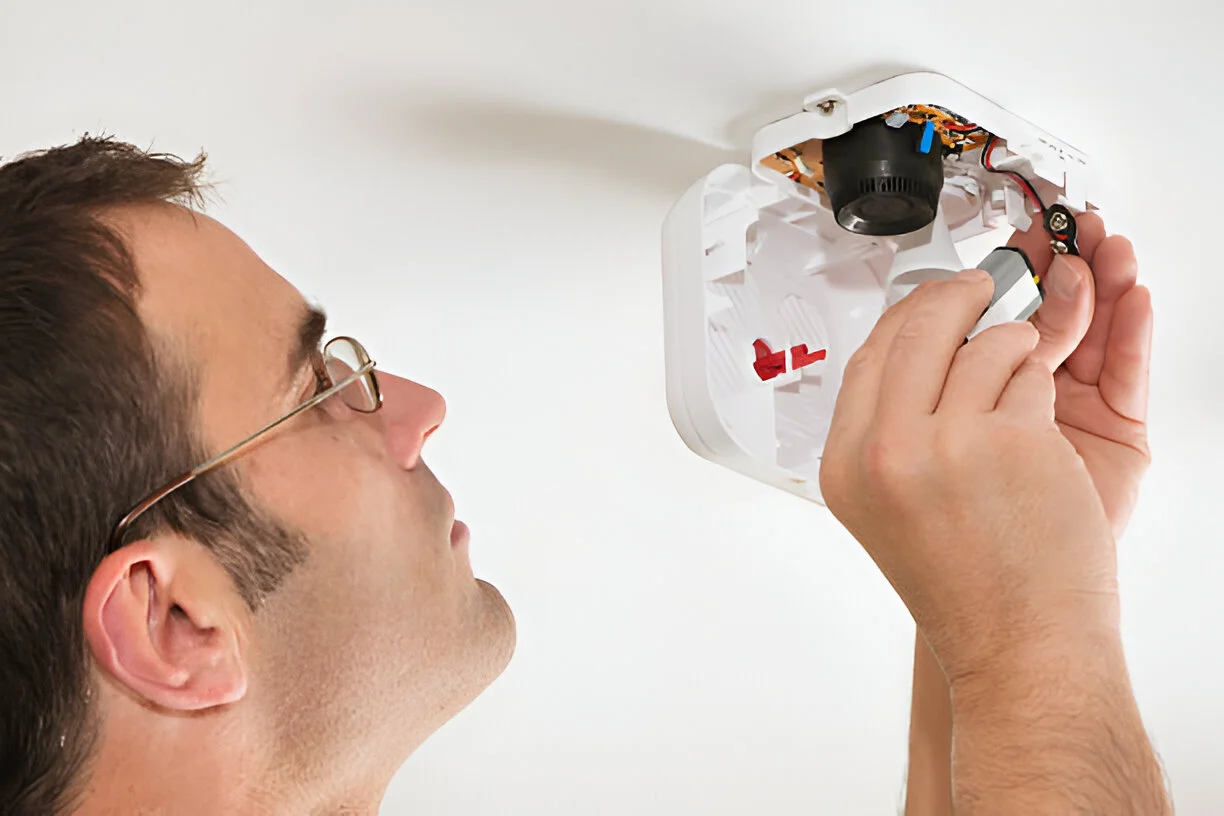
Adaptive System Configuration for Expanding Facilities
Adaptive configuration provides stronger coverage when structural changes reshape internal layouts. Many performance reviews from expanding facilities show that rapid alterations often disrupt signal paths. Corrective assessment stabilizes these shifts before they affect emergency awareness. A fire alarm installation sequence gains clarity when device spacing corresponds to updated floor plans. Recorded inspections show that altered partitions restrict airflow and influence detection sensitivity. Installation of fire alarm units across newly extended corridors restores balanced alert flow. Fire alarm system installation procedures improve long-term reliability after construction phases, reduce blind spots created by temporary obstructions. Industry data shows that recalibration after construction phases reduces blind spots created by temporary obstructions. Seasonal logs highlight that expanded sections require separate review cycles due to shifting occupancy loads. Engineers observe consistent improvement once updated wiring routes remove interference caused by the new appliance. Multi-season comparisons reveal that alert precision strengthens when planning guides every modification. Operational studies confirm that periodic upgrades support consistency across upgraded wings. Documented evaluations show that stability rises once older segments integrate with expanded frameworks. Long-term records demonstrate measurable improvement after targeted adjustments across extended areas. Technical supervisors value this process because performance remains predictable during busy operational periods.
Strategic Hardware Placement in Complex Architectural Layouts
Strategic placement eliminates many faults that arise across irregular architectural layouts. Structural curves, elevated walkways, and segmented halls often interfere with uniform signal distribution. A fire alarm installation framework gains strength when it accounts for how design features redirect airflow and sound movement. Inspectors note that poor alignment often triggers inconsistent outputs. Installation of fire alarm devices in angled spaces resolves distortions caused by narrow passages or divided ceilings. Fire alarm system installation improves alert reliability because accurate placement ensures signals reach all zones. Performance studies highlight that accurate spacing prevents delay during worst-case scenarios. Multi-site comparisons confirm that complex structures benefit from enhanced panel planning because signals reach operators faster. Annual testing across irregular buildings shows that aligned coverage reduces improper activation caused by repeat interference. Controlled trials indicate that sound propagation improves when units follow a geometric pattern instead of a linear route. Engineers document measurable gains when calibrated spacing accounts for reflective surfaces. Repeated evaluations prove that structural complexity becomes manageable once placement follows technical modelling. Case reports from specialized sites show consistent improvement across fragmented areas after targeted repositioning. Long-term data confirms stable performance throughout dynamic layouts.
Operational Consistency Through Continuous Technical Oversight
Operational consistency strengthens when oversight remains active across all system layers. Many audits from large infrastructures highlight that minor deviations accumulate into major failures when oversight falls behind schedule. Detailed checks identify drifting sensitivity and misaligned components before disruption improves. A fire alarm installation schedule strengthens operational reliability through a routine that verifies panel logic, device performance, and wiring integrity. Technical records reveal that seasonal humidity affects electrical resistance in older circuits. Installation of fire alarm systems after corrective recalibration stabilizes signal behavior under these conditions. Fire alarm system installation ensures reliable response across multiple zones, even under extreme operational stress. Multi-month inspection cycles indicate that repeated analysis reduces sudden malfunctions. Engineers reference data showing that oversight prevents irregular routing across extended zones. Yearly reviews confirm that communication errors fall sharply after sustained monitoring. Field teams observe that consistent supervision reduces tension during peak workloads. Structured oversight ensures that technical teams respond quickly to logged warnings before they intensify. Comparative studies show that oversight stabilizes performance across diverse building types. Documented patterns across multiple sectors reinforce the value of continuous supervision because long-term pressure demands a reliable alert. Combined assessments across three operational phases confirm that regular evaluation sustains dependable system output across all controlled areas.
Frequently Asked Questions
Regular inspections identify minor faults early, preventing small issues from becoming major failures. They ensure alerts function consistently, maintain system dependability, and enable teams to schedule maintenance efficiently. Inspections also check panels, wiring, and devices to confirm proper operation across all areas.
Correct placement ensures full coverage and avoids blind spots. Poor positioning may reduce alert effectiveness and trigger false alarms. Strategic placement considers room layout, airflow, and obstructions. Proper positioning supports timely notifications and smooth emergency responses, improving overall safety performance.
Control panels function as the central command points of the system. They process signals from sensors, manage alerts, and ensure messages reach all areas without delay. Panels also provide logs for performance review and troubleshooting, supporting efficient emergency coordination.
Documentation records system performance and maintenance activities. It highlights recurring issues, guides inspections, supports regulations, and helps teams take informed actions. Accurate records improve operational efficiency and reduce unexpected downtime.
Complex layouts can create signal delays or gaps. Proper planning ensures consistent coverage across all zones. Mapping routes for devices and panels reduces blind spots, supports faster responses, and maintains reliability in multi-zone properties.
Conclusion
A reliable safety framework depends on precise fire alarm installation and regular system oversight. Structured planning ensures each detector, panel, and sensor functions as intended, reducing risk across all property types. Consistent maintenance strengthens the installation of fire alarm components, improving long-term performance and early detection reliability. Integrated systems provide coordinated responses during emergencies. Periodic reviews and technical adjustments maintain operational accuracy. Overall, careful fire alarm installation combined with professional fire alarm strategies builds a strong, dependable safety foundation. Every property from systematic planning, performance monitoring, and structured upgrades.


